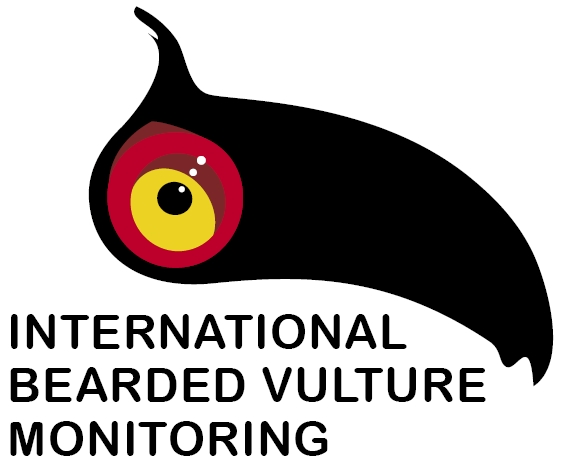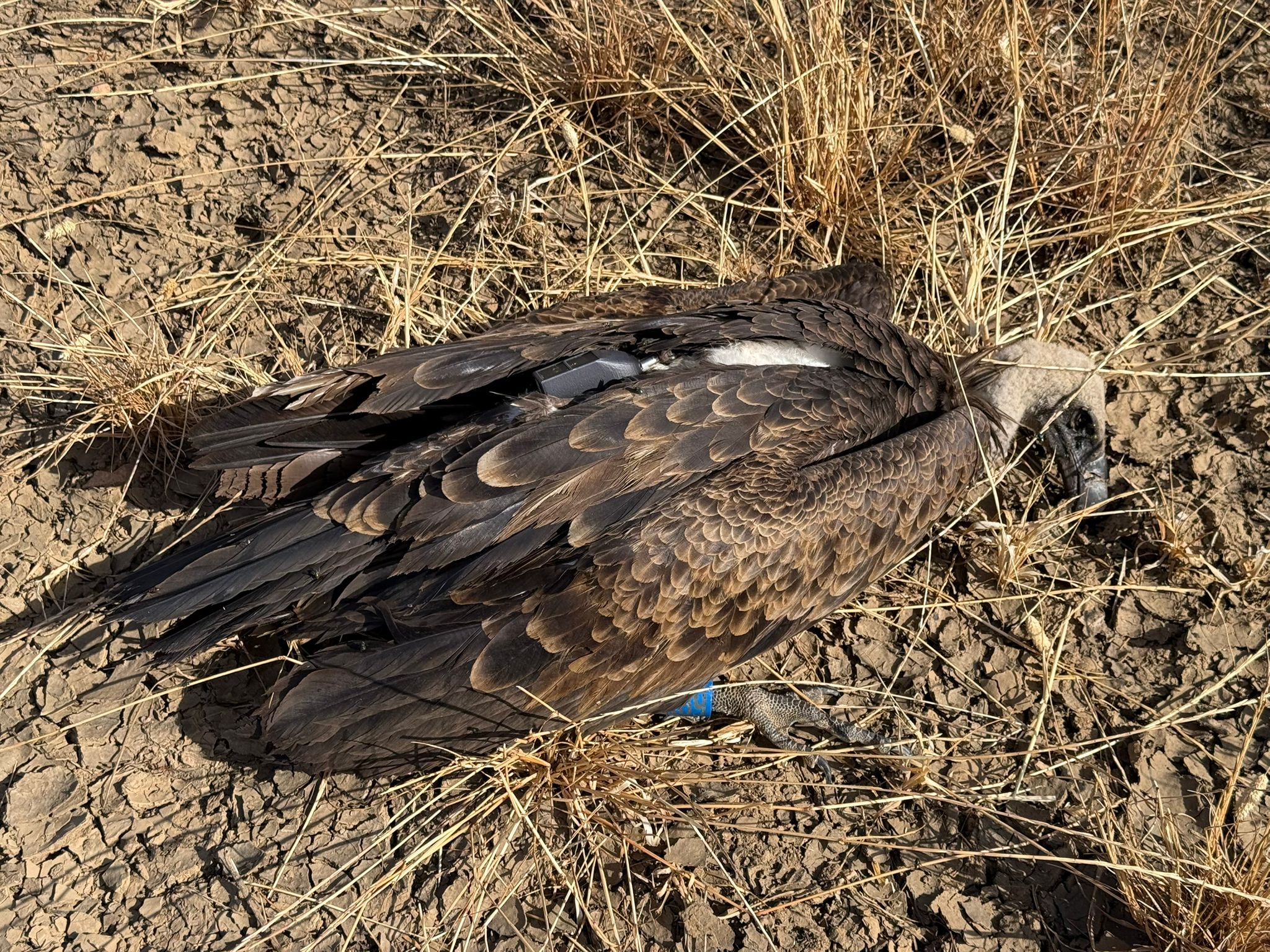Discover the results from the International Observation Days for Bearded Vultures 2024 and become a part of this year’s count.
Every year, thousands of dedicated volunteers come together to monitor the Bearded Vulture (Gypaetus barbatus) populations in Europe.
Last year’s International Observation Days for the Bearded Vulture (IOD) was a huge success, with over 1,100 volunteers participating and providing valuable data on the population of the species in Europe. We are excited to share the summary of the results in this blog post, and for more details, you can refer to the IOD Report 2023, which is now available for download.
This year, we invite you to join the 19th International Observation Days on Saturday, 12 October 2024 and contribute to counting Bearded Vultures across European mountain ranges. This citizen science event provides valuable insights into ongoing conservation efforts, and we need your help to make it a success.
Results of the International Observation Days for Bearded Vultures 2023

where Bearded Vultures have been observed at least once during the IOD period 14th-22nd of October 2023
(N=251) while no observations have been reported from sites marked with a blue dot (N=425)
On 14 October 2023, over 1,100 volunteers armed with binoculars ventured out in the wild to look for Bearded Vultures. Despite some challenging weather conditions, the event was a huge success. In total, 676 sites across the Alpine Arc, the French Pyrenees and the Massif Central (France), Andalusia and Maestrazgo (Spain), and Bulgaria were monitored.
Specifically, on the IOD focal day, 656 sites were visited by volunteers and 23 additional sites were visited over the following week. This week-long buffer period aimed at increasing the chances of spotting birds where weather conditions were unfavourable during the focal day.
In this 18th edition of IOD, 617 Bearded Vultures were observed, 584 on the focal day (14.10.2023) and 33 on the remaining days.
Bearded Vulture population estimates
The Alpine Bearded Vulture population was estimated to be between 316 and 419 individuals, slightly lower than the estimate of 460 individuals from the demographic model. The age class estimates of the Alpine population are as follows: 59% adults, 9% subadults, 15% immature, and 14% juveniles. The population estimate and age class distribution were determined by analysing observation data gathered on the focal day, supplemented with estimates of unobserved individuals within the specific region, encompassing territorial birds, fledglings, and GPS-tagged birds (N = 70 in 2023), among others.
In the Massif Central, an estimated 11 individuals were recorded, while in the Aude region of the French Pyrenees, there were approximately 6-7 individuals. In Spain, outside of the Pyrenees, the Bearded Vulture populations were estimated to range between 4-5 individuals in Maestrazgo and 39-54 individuals in Andalusia and Rioja. As in previous years, Bulgaria remained void of Bearded Vultures, with the species considered extinct since 1972. However, things may change soon as a reintroduction actions will start shortly with the Bearded Vulture LIFE project.

monitoring area of the IOD 2023. Estimates of the populations size are based on estimates derived from
observations during the focal day of the IOD Efoc and an estimated number of birds that were not observed
but should be present in the region (mostly territorial birds). *The estimate for Spain is based on observation
data from the occupied observation sites (grey dots) without taking the Bearded Vulture population of the
Spanish Pyrenees into account. In Spain Bearded Vultures roam between mountainous areas in the south and
in central and northern Spain. No IOD was organised in Corsica (FRA) where a small population of 4 breeding
pairs survived. Since 2016 a restocking program is ongoing on Corsica to support this small island population.
Since their extinction in 1972, no Bearded Vultures are present in Bulgaria.
The importance of IOD monitoring data
The data collected during the IOD is crucial for ongoing conservation efforts across Europe. It helps scientists understand the species distribution range, generates baseline information for survival rates and demographic modelling, and assesses the success of reintroduction projects.
Volunteers are the backbone of the IOD. By participating in the count, you will be contributing to a better understanding of the Bearded Vulture population and helping to ensure a bright future for this magnificent species.
Join the IOD 2024

This year’s IOD takes place on 12 October 12, and we invite you to join us. Bearded Vulture experts will organize monitoring sessions in several observation sites, open to bird enthusiasts and the wider public. Grab your binoculars and join the challenge across Europe’s wildest mountains!
To participate in the International Observation Days 2024, simply register your interest with your local IOD partner organization. Please email the relevant organization listed below to confirm your participation. We look forward to welcoming you to the IOD community!
| Spain Junta de Andalusia (Andalusia and Castilla y León): enrique.avila@juntadeandalucia.es Maestrazgo: davizqace@hotmail.com Bulgaria Green Balkans: smarin@greenbalkans.org France (Massif Central) Parc naturel régional des Grands Causses: noemie.ziletti@lpo.fr |
We would like to extend our heartfelt gratitude to all the volunteers who participated in the 2023 IOD, and to those who will join us this year. Your dedication and enthusiasm are crucial to the success of this citizen science project. We appreciate your commitment to conserving the Bearded Vulture population.
About the International Observation Days (IOD)
The International Observation Days (IOD) is an annual event where the International Bearded Vulture Monitoring Network (IBM) brings together volunteers to monitor Bearded Vultures across Europe. Taking place during the first two weeks in October, with a coordinated survey on a focal day, the IOD covers a vast area including the Alpine arc, Massif Central, French Pyrenees, parts of Spain, and select sites in Bulgaria. The goal is to establish a comprehensive, Europe-wide monitoring system, using synchronized observations to estimate population size and age distribution. This unique effort provides valuable data for survival analysis and demographic modelling, shedding light on reintroduction progress. As participation grows each year, the IOD has become a significant public event, raising awareness and promoting the conservation of the Bearded Vulture as a flagship species.





